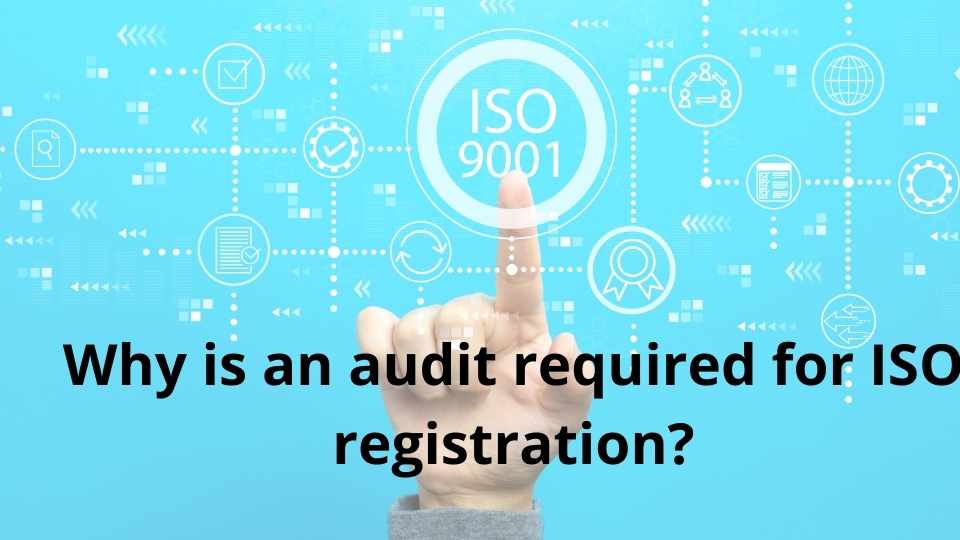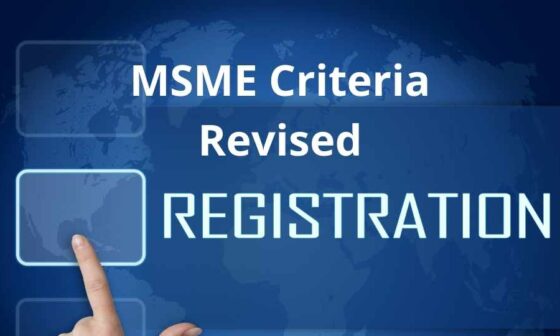An audit is an investigation of an organization’s accounts, often by an independent audit, according to the definition provided by the dictionary. One of the most important criteria in determining an organization’s standing is its internal audit. The audit emphasizes the workings and mechanisms of a firm or organization, shedding insight on whether or not the organization is growing. Only an organization’s internal audit can be used to estimate it.An audit is a sort of on-site verification activity in which an inspector verifies that a process or quality system complies with the fundamentals.
The Worldwide Organization for Standardization is by far the most important organization for developing voluntary international standards. It provides specifications, or rules, for products, services, and procedures, with the goal of making the industry more efficient and successful. They aid in the removal of trade obstacles and are produced by global consensus. Obtaining ISO certification improves competitive advantages, hence expanding the client base. The certifying authorities will only give such a certificate if it fits the fundamental standards. Customers have blind faith in firms that hold an ISO certificate.
Need for ISO Registration
1) Analyzing Internal Audits –
Internal audits are one of the critical aspects evaluated when issuing an ISO certificate. Since audits provide an overview of the company’s operations and whether it fits the requirements for an ISO certificate or not. ISO certification is a contract that includes specific guidelines, rules, or qualities to ensure that the materials, products, and procedures are completely suitable for their intended use. Quality management ensures that the particular certified organization has suitable systems in place to ensure that clients receive high-quality items. Its primary goal is customer happiness.
2) Conducting the Audit Plans –
After the organization has paid the quotation amount, the next stage is to carry out the audit plans. Audits aid in determining if an organization adheres to the needed quality management manuals. The fundamental concept of an organizational structure can be examined through its audit. Certain companies are at high risks, such as gas appliances, medical devices, and so on. For example, if you want to do business in Europe, you must comply with the CE mark, and ISO certification is beneficial in order to avoid such risks. In a nutshell, it’s a safety criterion, and additional federal regulations and requirements may apply.
3) Reason Behind Auditing –
An audit is performed to ensure compliance, i.e., it is a systematic procedure in which auditors determine whether or not critical processes correspond to ISO criteria. Internal audits are performed by the organization, whereas external audits are performed by certifying authorities, and such audits include planning, reporting, and executing remedial measures. To avoid the occurrence of a non-conformity, corrective action must be implemented.
An audit of this type aids in maintaining compliance with the objectives and measures required to fulfill ISO standards. It also aids in the identification of deviations and the opportunity to fix them. In short, it affects a positive change in the system and prevents recurring noncompliance. Audits are thus essential in order to uncover problems at an early stage and address them properly.
How to Carry Out the ISO QMS Audit
Internal ISO 9001QMS audits are conducted in the six processes outlined below:
- Set the date and scope of the audit.
- Make a plan for an audit.
- Plan the audit schedule in advance.
- Perform an internal audit.
- Make a note of the observation.
- Make a note of it.
Suggested read- iso registration
What are the ISO 9001QMS audit requirements?
The following are the critical keys that we must-have for an internal audit:
Internal auditor: Internal auditors must be objective and should not be
a) In the same department as the auditee, or (-) in the same industry as the auditee.
(b) The same person who is leading a procedure, such as a department head.
(c) Hiring an independent external auditor, for this reason, is more practicable.
- Audit plan: This is required to identify how, when, and where the audit will be conducted.
- Checklist for auditing: It must be prepared in accordance with the ISO 9001:2015 Certification standards.
- Audit timetable: It is critical to conduct the audit in a systematic manner.







